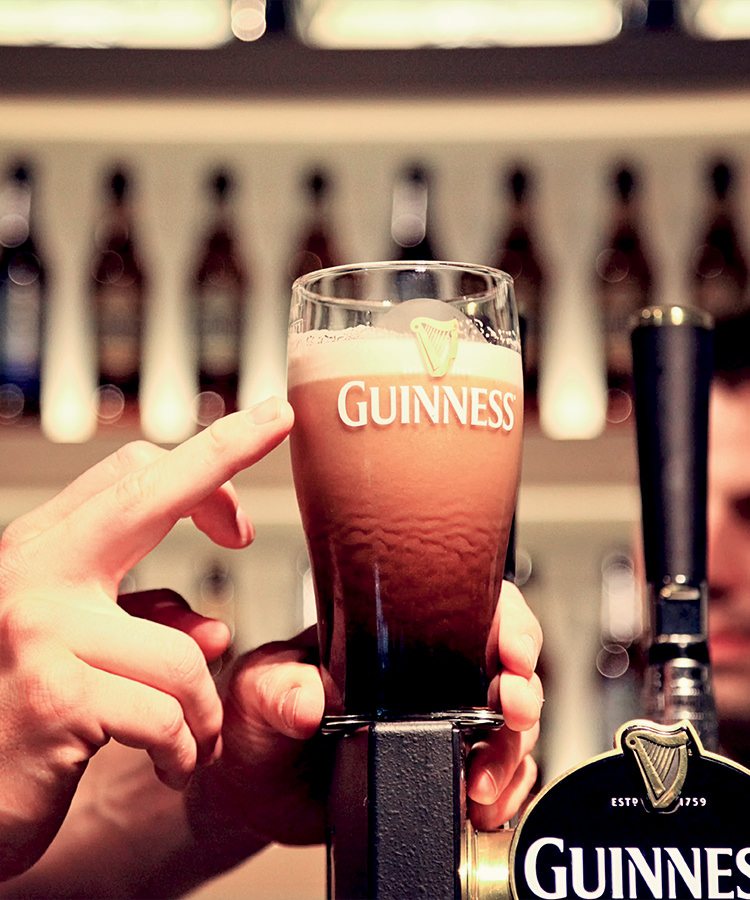
Walk into any bar, and you’re likely to see a familiar tap or bottle: Guinness. The Irish stout is arguably the most well known imported beer in the United States. But how much do you really know about the brand? VinePair reached out to the head archivist of Guinness to bring you 10 facts about Guinness that you may find surprising.
True innovators
When Guinness Draught launched in 1959, it was the first beer that used nitrogen instead of carbon dioxide. Thus the nitro beer was born, and today, craft brewers are experimenting with nitro beers in for all types of styles.
Pouring perfection required
The “perfect pour” takes a measured 119.53 seconds. Don’t rush taste, people will get angry.
Color confusion
Guinness looks jet black, but it’s actually a very dark shade of ruby thanks to dark-roasted barley.
Thousands of years of perpetuity
When the Guinness brewery signed the lease at St. James’s Gate in Dublin, Ireland, on Dec. 31, 1759, it sealed itself a place in history. The lease runs for 9,000 years — so count on at least 8,741 more years of Guinness.
A symbol of the Republic of Ireland
The Guinness Harp is always pictured with the straight edge to the left, which is the opposite of the official harp symbol of the Republic of Ireland.
Africa’s beer
Over 30 percent of all Guinness is sold in Africa, only there, it’s labeled as Foreign Extra Stout — essentially the same beer Guinness exported to the far reaches of the British Empire in the early 19th century.
But also the world’s beer
Guinness is sold in 150 countries around the world.
Quality and quantity
One brewing session at the St. James’s Gate brewery results in 2.3 million pints of Guinness. To do so, 8 million liters (2.1 million gallons) of water flows into the brewery every day.
A light dark beer
A pint of Guinness Draught is only 125 calories. For comparison, Bud Light has 110 calories.
A book of records
The Guinness Book of World Records was started by the managing director of Guinness Breweries, Sir Hugh Beaver, in 1951.
